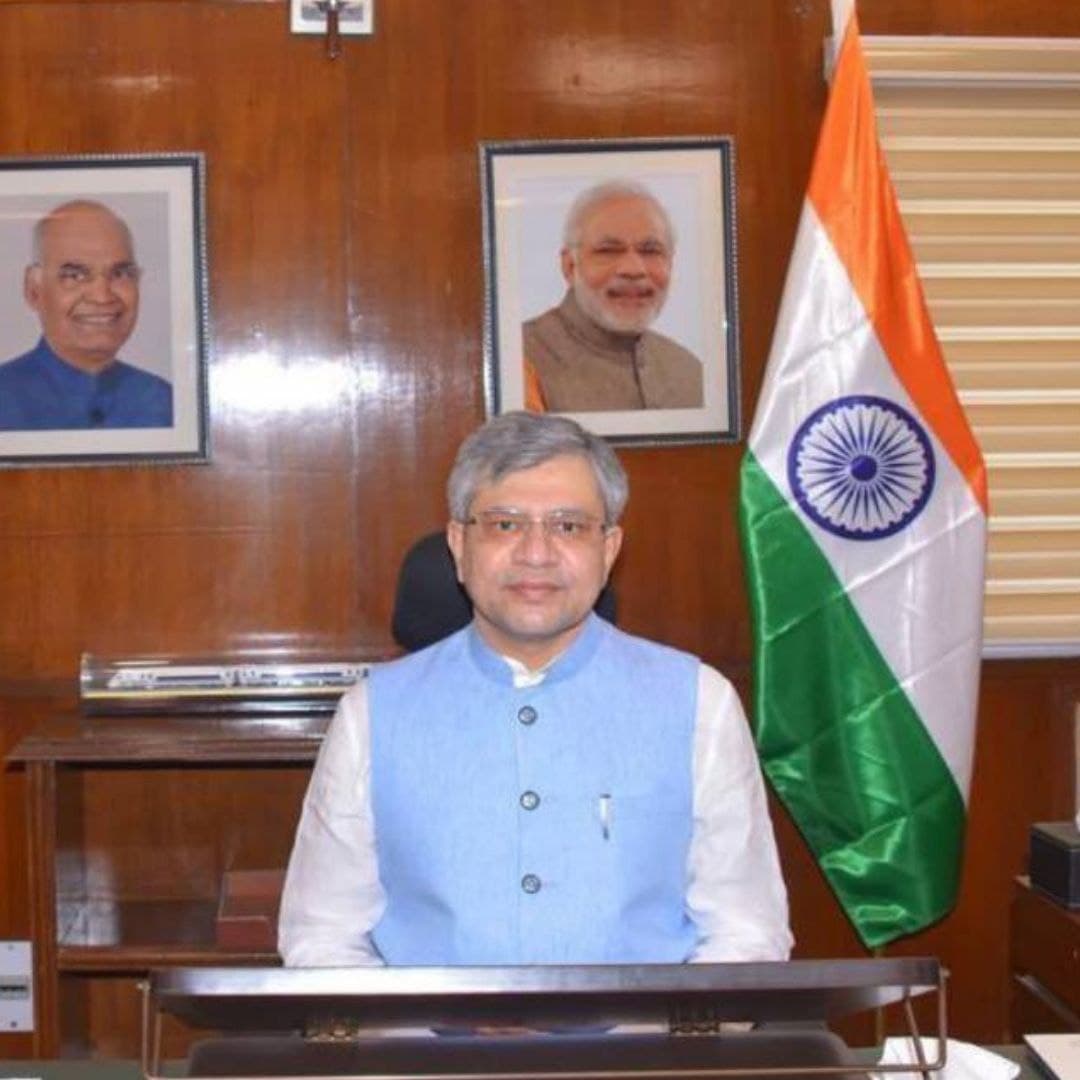
Image Credit: The Indian Express
From Funds To Upgradation, World Bank Offers Plan for Railway Expansion
Writer: Neelima Mishra
Guru Govind Singh Indraprashtha University in New Delhi is where Neelima Mishra is doing her master's degree. She graduated from Delhi University with a bachelor's degree in journalism (hons.). She is pursuing a corporate communication specialisation at IP University.
India, 28 Sep 2021 11:15 AM GMT | Updated 28 Sep 2021 11:59 AM GMT
Editor : Madhusree Goswami |
A mountain girl trying to make it big in the city. She loves to travel and explore and hence keen on doing on-ground stories. Giving the crux of the matter through her editing skills is her way to pay back the journalism its due credit.
Creatives : Neelima Mishra
Guru Govind Singh Indraprashtha University in New Delhi is where Neelima Mishra is doing her master's degree. She graduated from Delhi University with a bachelor's degree in journalism (hons.). She is pursuing a corporate communication specialisation at IP University.
The World Bank top brass shared its vision for the Railways and what it proposes at a presentation to Railway Minister Ashwini Vaishnaw and other top brass last week.
The World Bank's senior brass shared their vision for the Railways and their suggestions at a presentation to Railway Minister Ashwini Vaishnaw and other high brass last week. The institution has underlined the role it can play in helping India fund its ambitious National Rail Plan over the next 30 years, which includes over 8,000 km of high-speed corridors and another 8,000 km of dedicated freight corridors (DFCs), with a budget of ₹ 40 lakh crore.
The National Rail Plan and the National Infrastructure Pipeline proposed 13 bullet-train corridors across India, including the Mumbai-Ahmedabad line, which is now under development. They are routes such as Mumbai-Nagpur, Hyderabad-Bengaluru, Varanasi-Patna, Patna-Kolkata, Delhi-Udaipur, Delhi-Chandigarh-Amritsar, Nagpur-Varanasi, Amritsar-Pathankot-Jammu, Chennai-Mysore through Bengaluru, Mumbai-Hyderabad, and Varanas However, how they will be funded, as well as the new dedicated freight corridors (DFCs), is unclear.
The bank has offered to contributed its expertise in areas ranging from assisting in the execution of private-sector partnerships to the creation of intermodal terminals and the upgrade of existing lines. In terms of passenger services, the bank proposes a public-private partnership for the development of new high-speed routes and a commuter rail network. Commuter networks will attract higher-income passengers once they are developed, according to the bank, while freight corridor traffic will increase by 20 per cent.
Savings Of $6.5 Billion
According to the presentation, the combined initiatives would save the Indian Railways $6.5 billion in infrastructure ownership expenses, allowing the Dedicated Freight Corridor Corporation Limited to fund network growth. The 508-kilometer high-speed railway line from Mumbai to Ahmedabad is now being built with a loan from the Japan International Cooperation Agency (JICA), while roughly 3,000 kn of two DFCs are being built with World Bank and JICA's assistance in the east and west, respectively.
The share of freight carried by Railways must increase from 27 percent to 45 percent by 2030 as part of the national goal to reduce carbon emissions. "Global financial institutions have a limit regarding the exposure they can have in one sector, in a country or even a region," an official said.
Officials underlined that private sector and financial institution investment is critical to the plan's success, and the World Bank's presentation is being assessed in that light. According to sources, it will finally come down to concrete statistics about how much the World Bank is willing to spend.
Also Read: Bihar: Hawker's Son Cracks UPSC Without Coaching, Secures AIR 45th rank
 All section
All section














